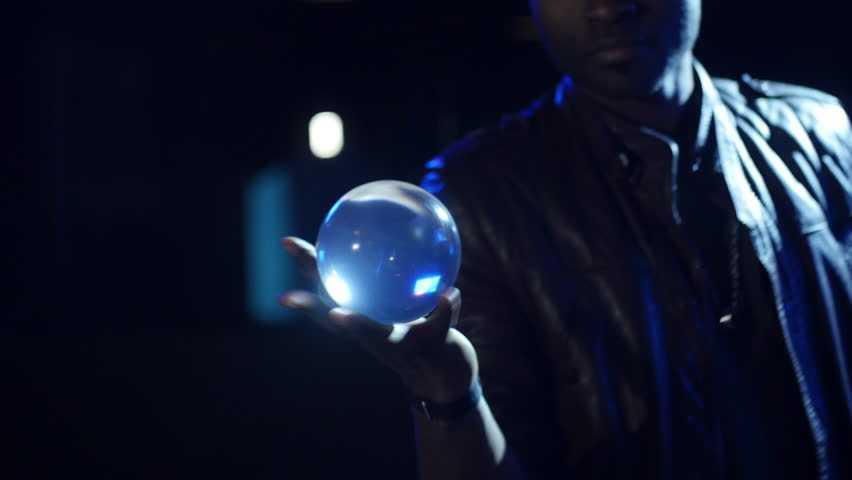A Magician Explains Why We See What’s Not There
Curated from: nautil.us
Ideas, facts & insights covering these topics:
4 ideas
·2.34K reads
5
Explore the World's Best Ideas
Join today and uncover 100+ curated journeys from 50+ topics. Unlock access to our mobile app with extensive features.
The ghost ball trick
A magician sat at a table in front of a group of schoolchildren. He threw a ball up in the air a few times, but before his last throw, he secretly let the ball fall into his lap. Then he continued to throw an imaginary ball up in the air. Surprisingly, more than half the children claimed to have seen an illusory ball, or ghost ball.
The illusion relies on misdirecting the audience's expectations to anticipate you throwing the ball for real.
106
880 reads
The role that social cues play during magic tricks
In the vanishing ball illusion, a study found that when the magician pretends to throw the ball in the air, and his gaze follows the imaginary trajectory of the ball, almost two-thirds of the participants will be convinced that they had seen the ball move up. If his gaze did not follow the imaginary ball, the illusion was far less effective.
This illustrates that the illusion is mostly driven by expectations. Our eyes find it difficult to track fast-moving objects. Looking at the ball is only possible when we can predict where it will be in the future.
94
520 reads
Perception does not take place in the eyes
Although most participants experience an illusory effect during magic tricks, the eyes are not tricked. The conscious perception has been fooled by the illusion, but your eyes have not.
Lots of neural calculations are required before we can experience the world. Neural signals start in the retina, then it passes through different neural centers to the visual cortex and higher cortical areas, and eventually build a mental representation of the outside world. It takes about a tenth of a second for the light registered by the retina to become a visual perception. The neural delay means we perceive things at least a tenth of a second after they happened.
96
411 reads
A tenth-of-a-second delay
A tenth-of-a-second perceptual delay should make it impossible for you to catch a ball, especially during the magic tricks.
Our brain uses a very smart trick that prevents us from living in a delayed world. Our visual system is continually predicting the future so that we do not live in the past.
102
533 reads
IDEAS CURATED BY
Colton F.'s ideas are part of this journey:
Learn more about problemsolving with this collection
How to challenge assumptions
How to generate new ideas
How to break out of traditional thinking patterns
Related collections
Similar ideas
2 ideas
Perception is Not Only a Matter of Now: Our Past Influences What We See
neurosciencenews.com
3 ideas
The Cheerleader Effect
scientificamerican.com
Read & Learn
20x Faster
without
deepstash
with
deepstash
with
deepstash
Personalized microlearning
—
100+ Learning Journeys
—
Access to 200,000+ ideas
—
Access to the mobile app
—
Unlimited idea saving
—
—
Unlimited history
—
—
Unlimited listening to ideas
—
—
Downloading & offline access
—
—
Supercharge your mind with one idea per day
Enter your email and spend 1 minute every day to learn something new.
I agree to receive email updates

